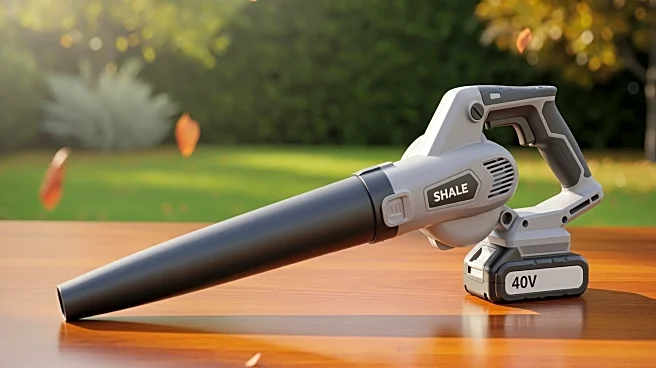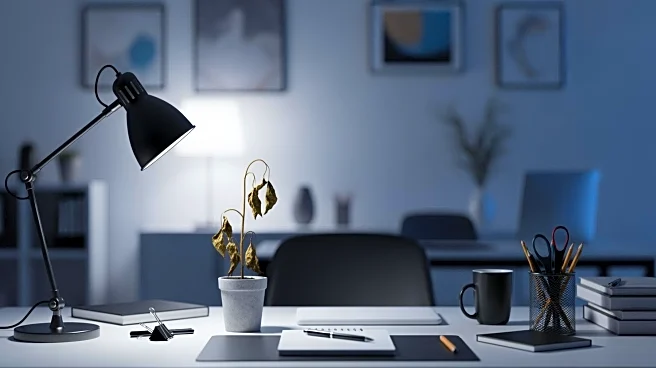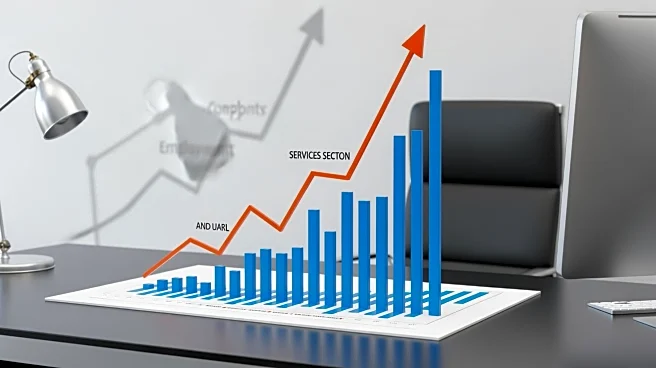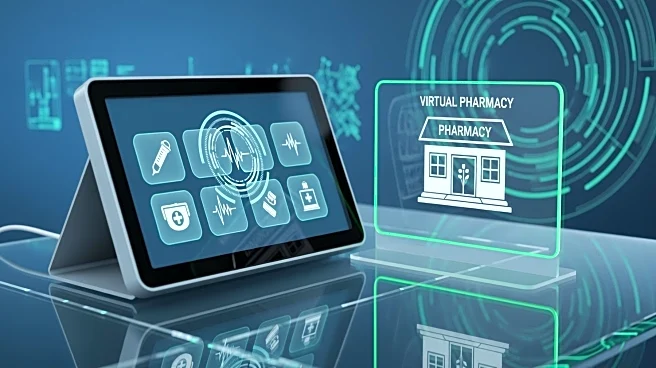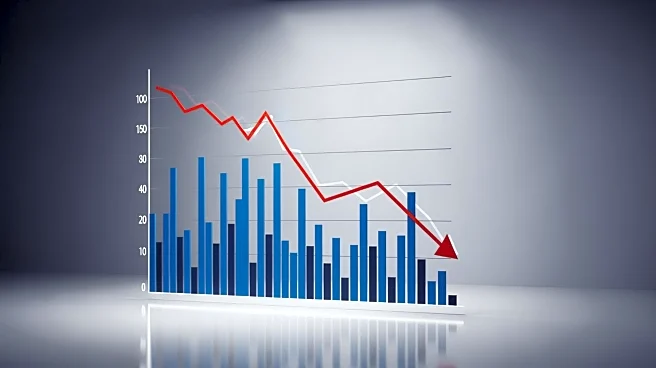What's Happening?
A former custodian has shared a comprehensive guide on achieving a sparkling clean bathroom without professional help. The guide includes practical tips and techniques learned from years of experience
in professional cleaning. Key strategies involve using the right cleaning supplies, such as foaming multipurpose sprays and toilet-bowl gels, and employing DIY cleaning solutions like dish soap, vinegar, and hydrogen peroxide. The guide emphasizes the importance of correct dilution ratios to avoid sticky residues and suggests using folded rags for better control and efficiency. Additionally, the guide outlines a systematic approach to cleaning, starting with tidying up the bathroom, ventilating the room, and allowing cleaning products to sit before scrubbing surfaces. The custodian also provides specific techniques for cleaning mirrors, counters, sinks, tubs, showers, and toilets, ensuring thorough cleanliness and hygiene.
Why It's Important?
The insights provided by the former custodian are valuable for individuals seeking to maintain a clean and hygienic bathroom environment without incurring the cost of professional cleaning services. By following these expert tips, homeowners can achieve professional-level cleanliness, potentially reducing the need for harsh chemical cleaners and minimizing exposure to toxic substances. This approach not only promotes a healthier living space but also contributes to environmental sustainability by encouraging the use of less harmful cleaning agents. Furthermore, the guide empowers individuals with practical knowledge, enhancing their ability to manage household cleaning tasks efficiently and effectively.
What's Next?
As individuals adopt these cleaning techniques, there may be a shift towards more sustainable and cost-effective cleaning practices in households across the U.S. This could lead to increased demand for eco-friendly cleaning products and tools that align with the methods outlined by the custodian. Additionally, the emphasis on regular cleaning routines may encourage a cultural shift towards prioritizing cleanliness and hygiene in personal spaces, potentially influencing broader public health outcomes. Manufacturers of cleaning products might also respond by developing and marketing products that cater to the growing interest in DIY cleaning solutions and techniques.
Beyond the Headlines
The guide's focus on efficient cleaning methods highlights the broader trend of individuals seeking to optimize household tasks in a time-efficient manner. This reflects a cultural shift towards valuing time management and productivity in everyday life. Moreover, the emphasis on using less toxic cleaning agents aligns with increasing consumer awareness and demand for environmentally friendly products. As more people adopt these practices, there could be a long-term impact on the cleaning industry, driving innovation in product development and marketing strategies that cater to eco-conscious consumers.



